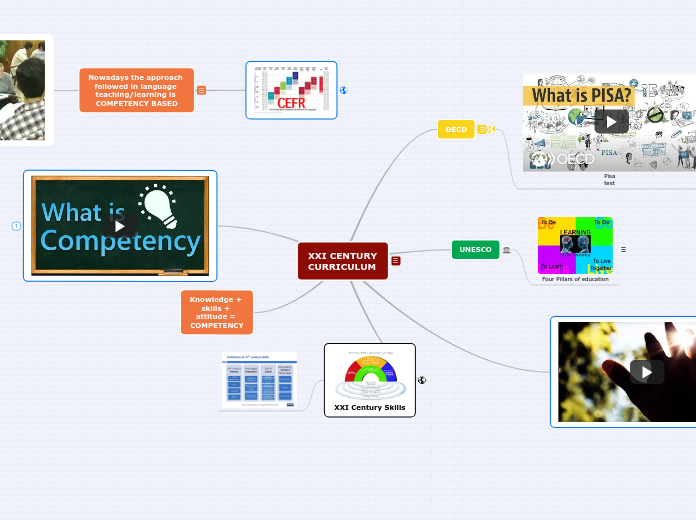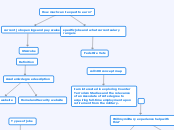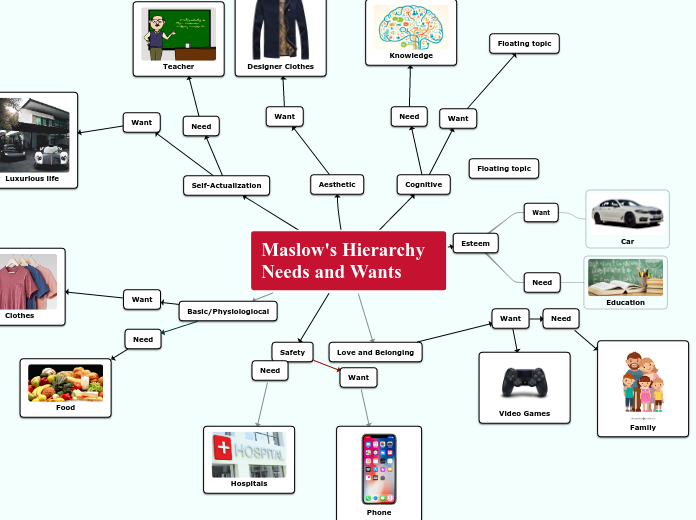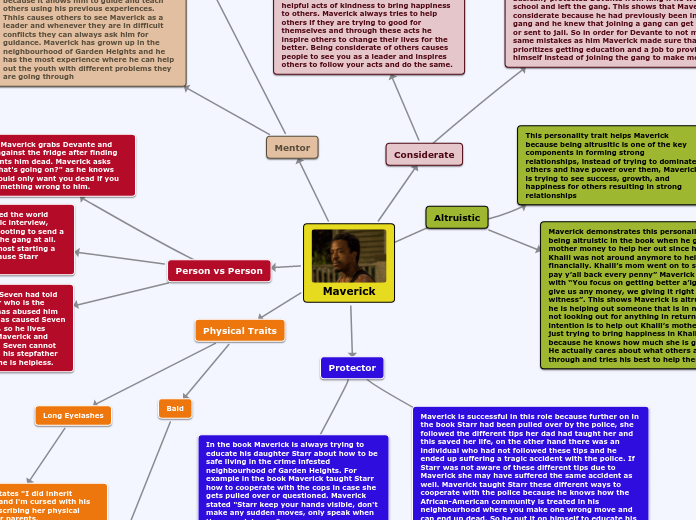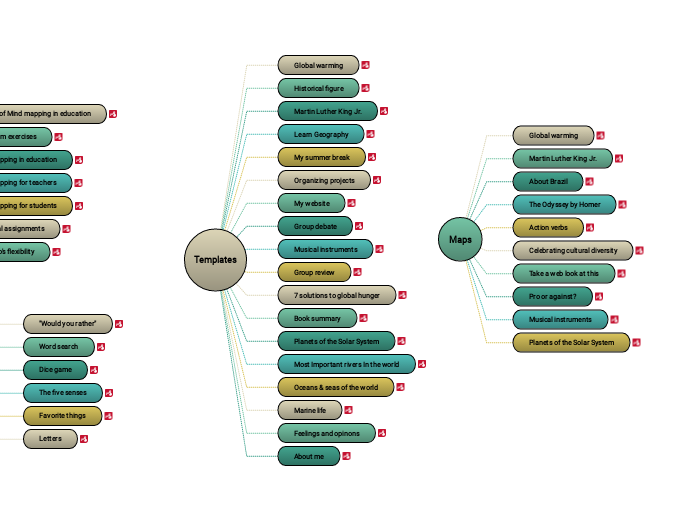Cristina Galullo 31/07/2020
Nowadays the approach followed in language teaching/learning is COMPETENCY BASED
Publicated in 2001, the Common European Framework of Reference for Languages (CEFR) was designed to provide a basis for the elaboration of language syllabuses, curriculum guidelines, examinations, textbooks, etc. The CEFR is a common reference for describing language learning, teaching, and assessment; it describes foreign language proficiency at six levels: A1 and A2, B1 and B2, C1 and C2 (levels may vary even among institutions in the same area.
The CEFR describes what a learner can do (not what they know) at the six specific levels.
XXI CENTURY CURRICULUM
The education of the XXI century focuses on creating a curriculum that will help students to connect with the world and the issues it faces. As a result, students and educators would be highly involved with the people around them and their community. As a whole, the role of the XXI century curriculum is to prepare students to contribute to society.
XXI Century Skills
Knowledge + skills + attitude = COMPETENCY
UNESCO
Four Pillars of education
The Four Pillars of Learning are fundamental principles for rethinking education. At the end of 2019, Unesco launched another initiative called "Futures of Education", in which "Learning to become" is the pillar that comprises all the previous four.
OECD
The OECD's work on education helps individuals and nations to identify and develop the knowledge and skilld that drive better jobs and better lives, generate prosperity and promote social inclusion.
Through the Pisa test results, nations can gauge the quality of their educational policies.
Pisa test
